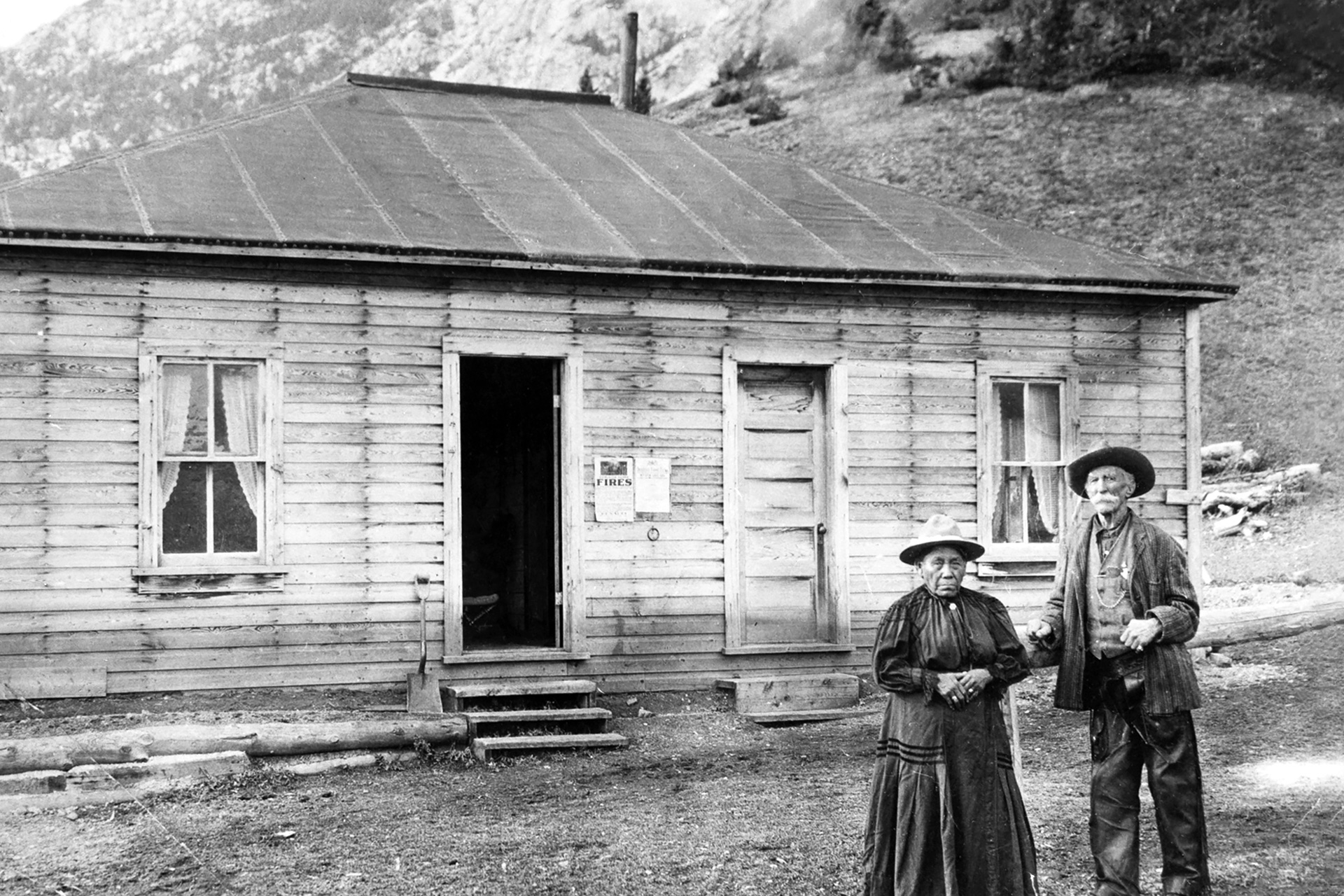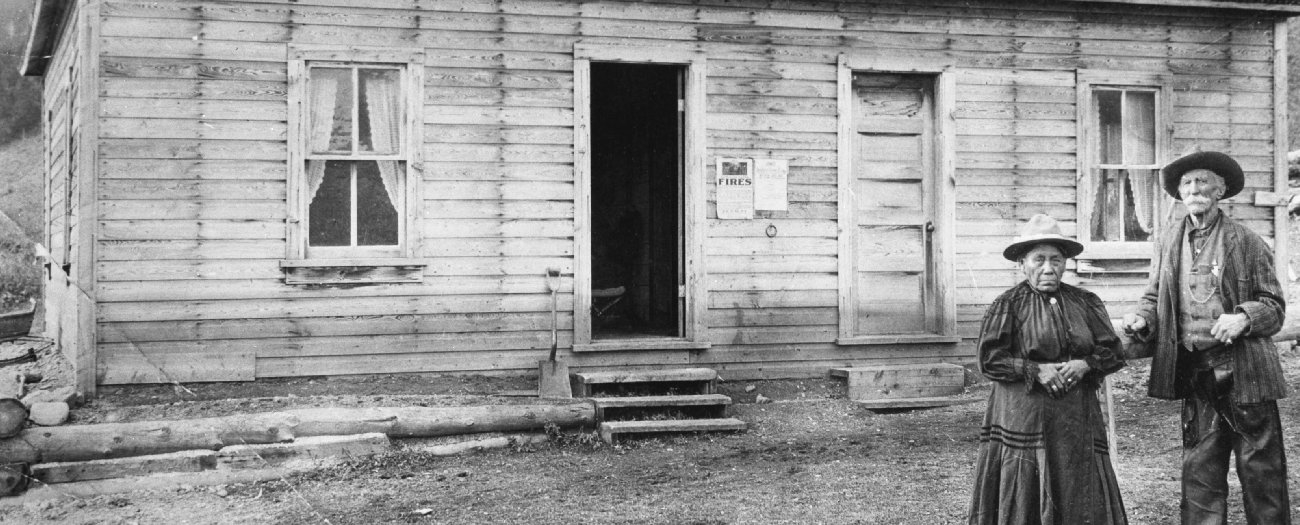Colourful adventurer was among the first to report oil in Alberta
Alberta - January 23, 2020

Sit back and listen to the tale of John George “Kootenai” Brown.
It was the mid-1870s, long before Alberta was a glint in the Dominion’s eye, when Brown first noted oil seeps in the area now known as Waterton Lakes National Park. He’d been working as a guide for a group surveying the boundary with the United States along the 49th Parallel when he spied the bubbling black gold.
The discovery was a lifetime in the making.
Born in Ireland in 1839 and reputedly schooled at Oxford, Brown briefly served in the British army in India before crossing the globe in 1861 to try his hand as a prospector in the goldfields of the Colony of British Columbia. No luck.
So, Brown struck out east to modern-day Manitoba to labour in many occupations befitting an adventurer (trader, guide, interpreter, buffalo hunter), and there he met and married a Métis woman from Dakota Territory.
Never one to sit still, Brown pulled up stakes again. The West called him back, this time to the Kootenay Mountains area and Waterton Lakes: the place where he’d eventually eye the seeping crude and report the findings to International Boundary Commission geologist George Dawson.
Years later, Brown collected and sold this oil as a lubricant to area ranchers, but not before he’d act as a scout during the North-West Rebellion, work in many capacities for the North West Mounted Police, and take a turn at other pursuits. He also found time to gun down a man during an argument in present-day Montana, but dodged a murder conviction for lack of evidence.
Brown eventually settled in the Waterton Lakes region. According to Alberta Culture and Tourism, he played an important part in opening up that area to tourists and oil exploration, something that grew to cause him concern:
“… Brown found development in the area worrisome, and he petitioned the Government of Canada to set aside a forestry reserve around the lakes. This region, for which he served as a forest ranger from 1910 to 1916, eventually became Waterton Lakes National Park.”
John George “Kootenai” Brown died on July 18, 1916. His grave lies next to Lower Waterton Lake.
John Ludwick, Writer


